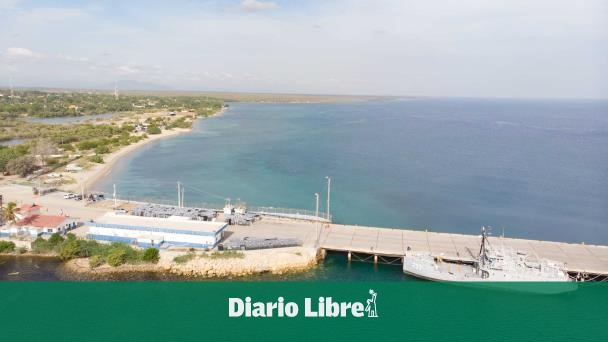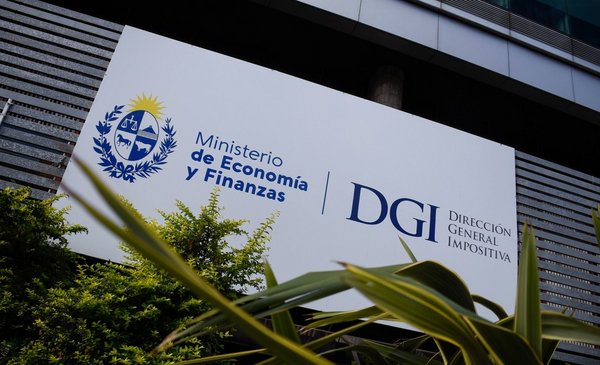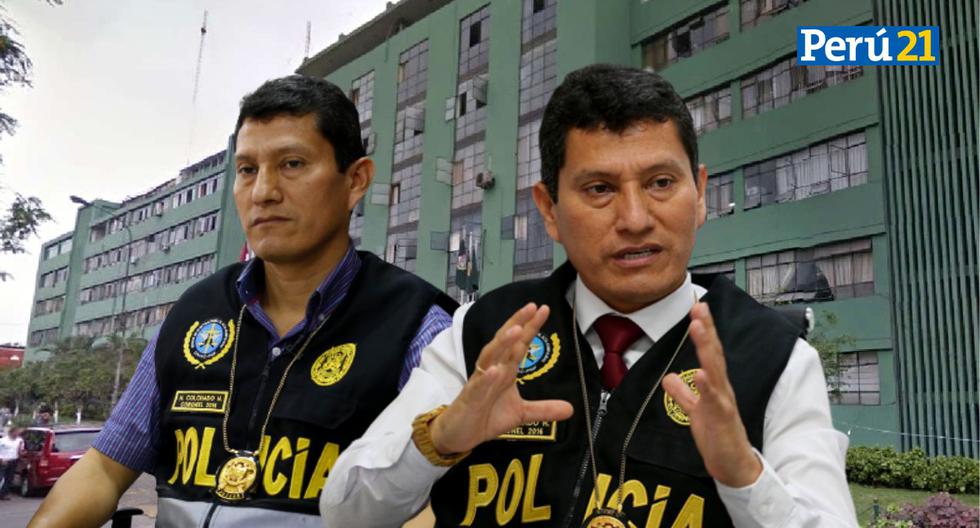The ambitious investment to transform the Port of manzanillo in the main northwestern part of the country, and its large related worksin a concentrated time frame and within a restricted space, will have “a extensive impact in the environment, the population and the institutions”. and the eldest uncertainty economic is the workforce.
This is anticipated in the first draft of the Manzanillo Master Plan, which the Ministry of the Presidency has presented to sectors of Santiago and the Montecristi and Pepillo Salcedo border areas. This last place houses the port.
“It is possible that the workforce existing for construction and operations do not satisfy all the demands of the new industries”, is indicated in the uncertainty matrix economics contained in the document. It is estimated that in Pepillo Salcedo they lived 9,772 people in 2020.
In the draft plan it is noted that not only the expanded port will need new sources of workforce but also other planned industries, such as shipyard and the three power plants that are built, personnel that the current population “generally does not have the resources to provide.”
It is indicated that there is a large “great uncertainty” about whether the developments can be achieved without carrying workforce from other parts of the country.
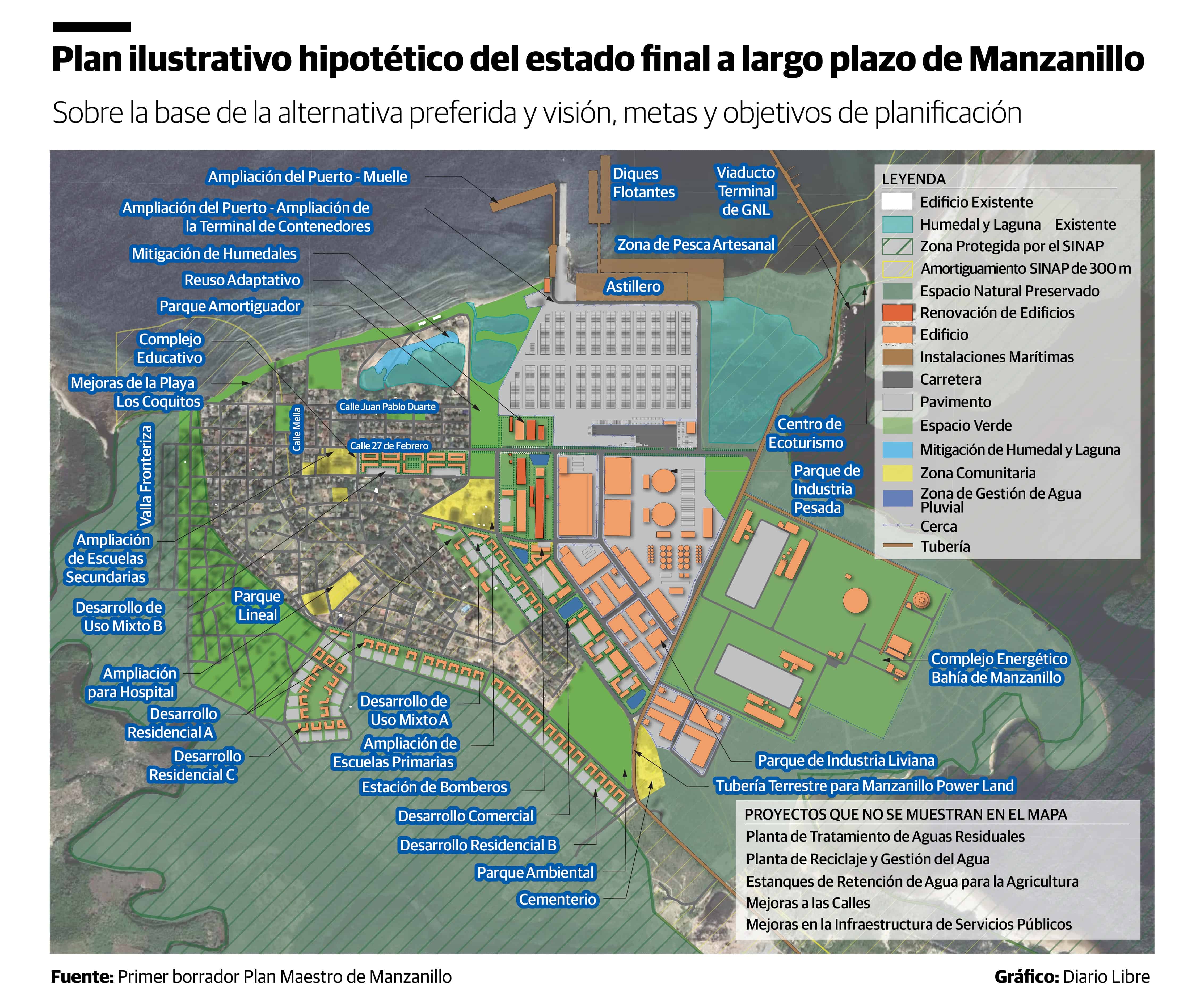
“Although development must avoid environmental restrictions, due to the scarcity of developable land in Manzanillo, it may be necessary for some development to occur within environmentally sensitive zones”
Priority for 2023
In the project of General budget of the State by 2023, the government has identified as priority inside of the capital expenditurethe exploitation of the geographical and strategic potential and the natural conditions of the Port of manzanillo. In this he has stated 2,804,039,490 pesos for the improvement of the port and its connectivity routes.
The work was built in 1950s and is nearing the end of its useful life, but has the potential to accommodate larger ships and increase the cargo volume.
Currently, the port is used for import bulk cargo, mainly clinker, and coal. In greater proportion, to export the 60% of the banana Dominican.
After studies were carried out for years and plans were announced to rehabilitate and expand this port, the government has guaranteed that in the first semester next year will will start his speechafter the presentation of Ultimate Master Plan in February 2023.
The document is expected to capture the orientation of development to 20 years.
The process for the plan has been led by a team comprised of planners, landscape architects, engineers, and economists from the Army Corps of Engineers of the United States and the architecture and engineering team of the Alliance WSP Joint Venture.
The project of port expansion is financed by the Inter-American Bank Development (IDB), which includes 62 million dollars for the improvement and expansion of maritime infrastructure, and 32 million dollars for redevelop logistics zones and improve road access.
In addition, 6 million dollars for consolidate governance port and engineering studies.
the delicate environment
West of chamomile are the Dajabon River (natural border with Haiti) and the Wildlife Refuge Saladilla Lagoon. To the east the National Park Mangroves of Estero Balsa.
The expansion of the port is expected to stimulate new private investments in the region and the need for more householdstrade, infrastructures, institutions, services and facilities.
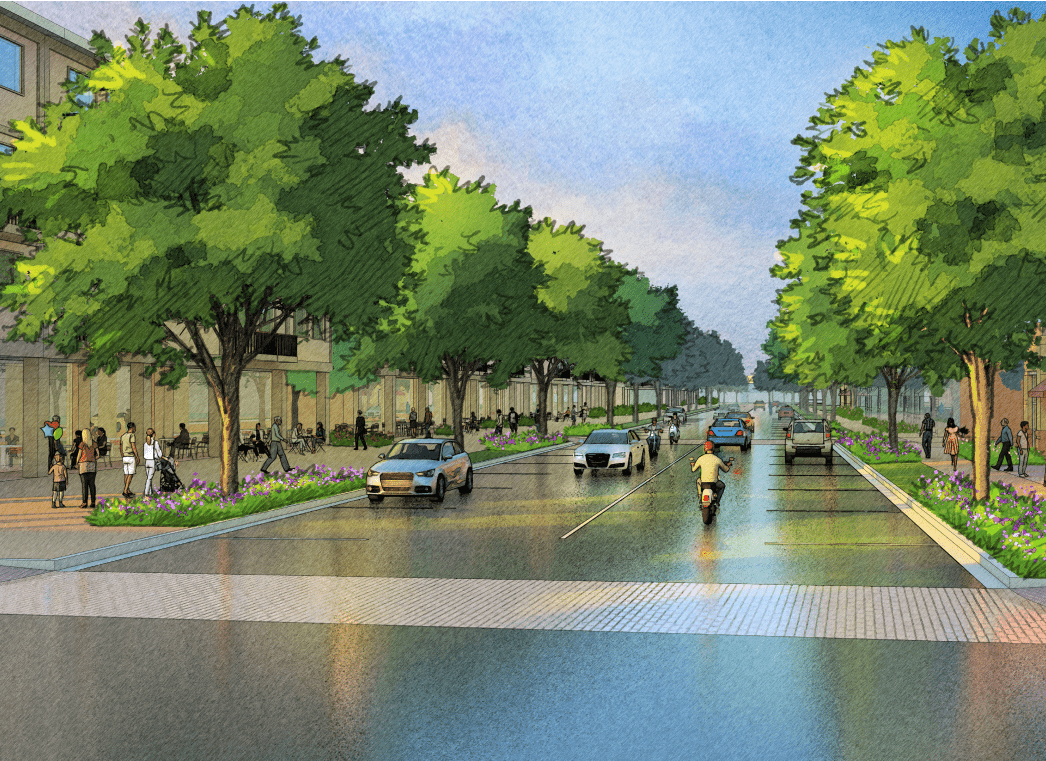
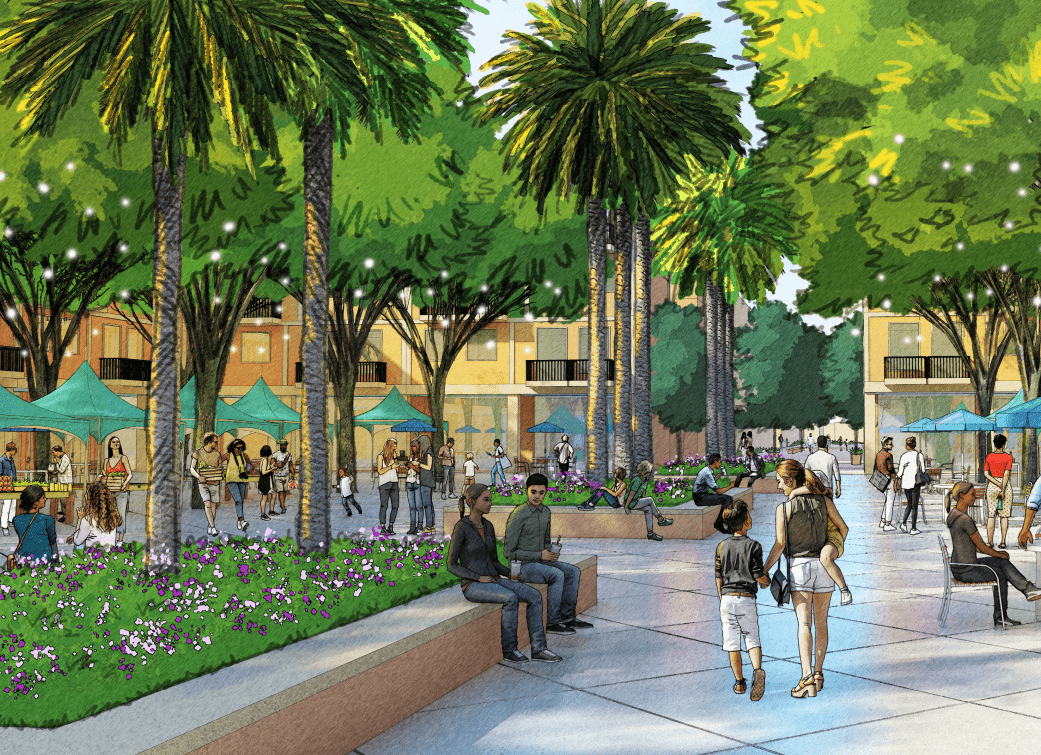
“Many of the manzanillo homes they were built before the limits of the SINAP (National System of Protected Areas) were drawn, so although these houses can remain on their site, their subsequent development must be coordinated with the Ministry of Environment”, is noted in the draft plan.
“The ambitions for the people of chamomile they are tall -he adds- and the challenges that are coming considerable: The development of several large-scale projects in a concentrated time frame and within a restricted space will have a extensive impact in the environmentthe population and the institutions of chamomile”.
It indicates that, although the development must avoid environmental restrictions, due to the scarcity of developable land in chamomile“it may be necessary for some developing within sensitive environmental areas”.
“Any development that affects a protected area, a habitat or a buffer zone will require mitigation measurescoordinated with the Ministry of the Environment”.
Planners recommend making a hydrosedimentological study integrated coastal model to assess the impact of maritime projects on the coast and water of the Bay of chamomile.
Also, develop a mitigation study of risks and vulnerabilities of Rising sea levels for the industrial and residential area, and that the physical assets integrate the weather resistance in your design.
Manzanillo (Pepillo Salcedo) is a relatively isolated town that has experienced little economic activity since the departure in 1966 of the foreign company Grenada, producer and exporter of bananas.
The development project includes a shipyard, an initiative of the General Directorate of National Assets, which put out to tender in June 2021 the concession of three plots. The location contemplated in the development was the most contentious project considered during a planning workshop for purposes of the Master Plan.
The project proposed the construction of a shipyard on leased land that currently covers a large part of Los Coquitos beach, treasured by the locals. This project would eliminate most of the beach, and the rest would lose its value as a place of recreation.
Stakeholders widely rejected the original location, preferring that it be located to the east of the port. In the draft of the plan, it was left pending to carry out the necessary steps to modify the concession granted to consider the new location of the shipyard.

